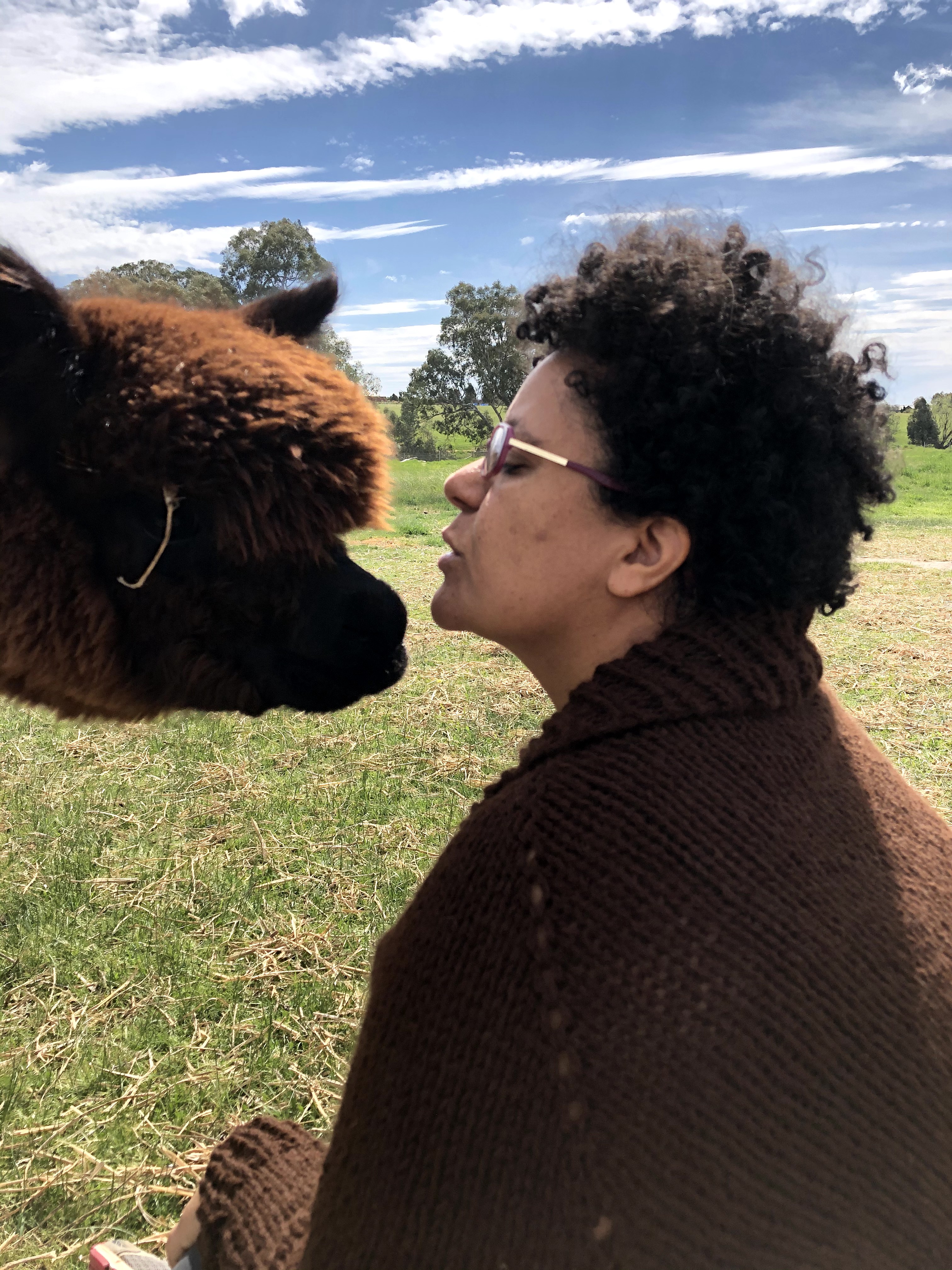Do you want a pet alpaca? Think again.
- Rita

- Nov 20, 2022
- 3 min read
Updated: Feb 18, 2023
Have you fallen in love with alpacas? Are you considering buying one to keep in your backyard or as a pet for your children? A quick look on Gumtree and you can find one for $300 or less. Cheaper than a dog! Oh, let's get one!
Please don't. What I'm about to say will save you a lot of frustration and that alpaca from living a life of hell. Let me explain. Despite what you might have seen on social media or the internet, alpacas are not pets. Why?
Cats and dogs are classic examples of pets. They seek our attention, come to us for a cuddle, sleep on our laps, and bond with people. Alpacas are entirely different – they are livestock.
Alpacas originate from South America, bred from the wild vicunas that call the Andes their home. Alpacas are fibre-producing animals, much like merino sheep have been selectively bred to yield large amounts of wool. Alpacas are herd animals, requiring the companionship of other alpacas of the same gender to feel safe and happy. Native South Americans have shepherded herds of alpacas for thousands of years to extract their fibre for clothing. They also used them for meat and religious rituals. Native South Americans didn't keep alpacas in their homes or backyards as "pets". Alpacas were and are still considered livestock, like cattle, sheep, and goats.
Alpacas and llamas came to the US, Canada, Australia, and New Zealand in the '80s. Alpaca stud farms followed, with breeders developing their local alpaca industry, breeding to advance genetics and selling stud animals to new breeders entering the market. Soon another market grew: lifestyle owners, those who owned a few acres or small farms. Why have sheep, goats or horses when you could have these new exotic-looking animals? The popularity of alpacas surged.
Most breeders use the term "pet" to refer to non-breeding alpacas, which might be suitable for hobby and small farms. Breeders must sell excess stock yearly and therefore sell males or females unsuitable for breeding. They usually call them "pets" to differentiate them from their breeding stock. Some of these alpacas might allow people to feed them by hand, and some might be halter trained, but that doesn't mean they are pets.

Alpacas don't seek our touch or companionship and do not want to be hugged or petted. As prey animals, alpacas are naturally alert to predators, including humans.
Unfortunately, we love seeing photos of baby alpacas, alpacas sniffing humans, being silly and interacting with us in "selfies". Alpacas are now even part of "petting zoos", much to their detriment. They develop dangerous behaviours when raised inappropriately, often endangering the lives of humans when they are adults. Our obsession with cute pets contributes to several alpaca welfare issues.
A lady who lived in my neighbourhood once contacted me to help her with her recently acquired alpacas. I went to her place to find two very thin, small crias (baby alpacas) kept in a small paddock. I could only feel bones as I laid my hands on their curved backs. They were three or four months old, too young to have been sold. They were undernourished and had rickets. I asked my neighbour why she bought these alpacas. She told me she was looking for pet alpacas to entertain her grandchildren when they visited her. She had rung a few breeders but thought their prices were too high. She then looked on Gumtree and found cheaper animals close by. I educated her about alpaca health requirements and nutrition. The following day she rang me. One of the alpacas had died. Devastated, she returned to the original alpaca seller. He offered her another alpaca as a replacement, which she gladly accepted. I never heard from that lady again. A year or two later, I noticed her property was for sale. I still wonder about the fate of those poor alpacas.
So what now? How about you visit a real alpaca farm? How about you spend time seeing a herd of alpacas grazing, learning about their behaviour, and understanding their requirements and needs? Let's call them companion animals, livestock or farm animals instead of pets. Let's recognise their needs instead of turning them into something they are not.



